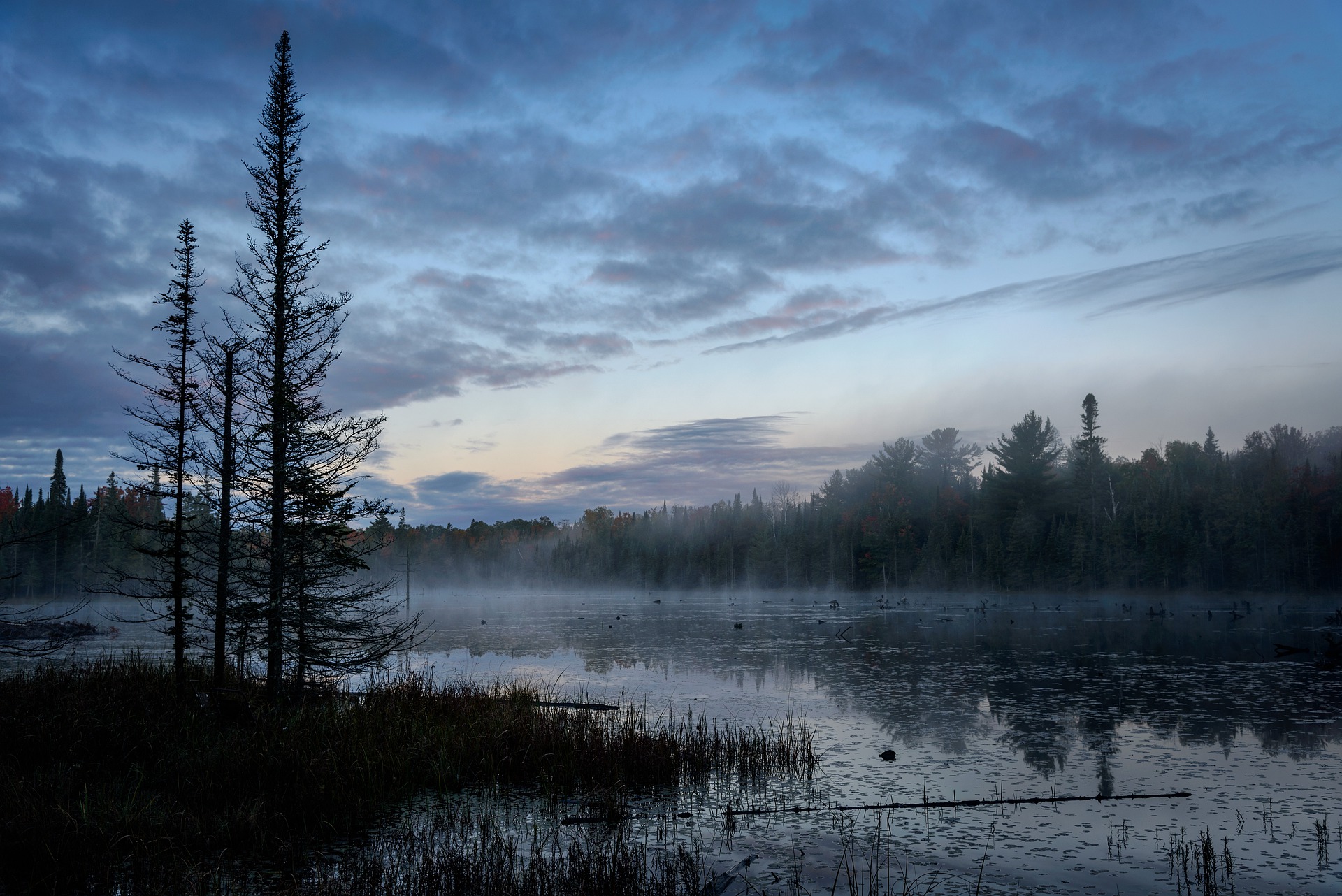Even if you have never been in Canada, in all likelihood, you are absolutely aware of the fact this country is full of amazing natural sites. You will hardly find a person who does not know that Canada is a home to fantastic lakes and mountains and certainly, it is the place where the legendary Niagara Falls is located.
Yet, there is an entire range of amazing facts about the Canadian geography which you might not know. It is high time to find out more about the unique nature of this country!
The largest coastline in the world is located in Canada
One of the most important facts about the Canadian geography is the fact this country has the longest coastline in the entire world.
The length of the coastline is around 243,000 km and it includes the shores of Canadian islands. Pay your attention to the fact the overall number of the islands belonging to Canada is as large as 52,455.
In order to understand how long the coastline of Canada is, you should imagine strolling along it with a speed of nearly 20 km a day. In such a way, you will need 33 years to finish your trip.
The geographical centre of North America is located in Canada
The geographical centre of North America has a longitude of 104°37’ W and a latitude of 50°27’ N. In this place Canadian Regina is located which is the capital of Saskatchewan, a prairie province of Canada.
Amazing facts about the Canadian water supplies
The first association with Canada for many people is a variety of picturesque lakes located in this land. Here, you will find some interesting facts about the waters of Canada.
The Canadian Dead Sea
The Dead Sea is certainly one of the most remarkable natural sites of the world. Everyone knows the phenomenon of this unique place which is being highly buoyant. This property does not allow people swimming in the Dead Sea to sink.
It turns out that this place is not thus exclusive. Actually, Canada has its own Dead Sea which is located in Saskatchewan. This place is Little Manitou Lake which has an area of 13.3 square km. The lake is fed by the springs which are featured by an extremely high concentration of mineral salts. The average concentration of these substances in the water of Little Manitou Lake is 180,000 mg per litre.
Canada has the greatest number of lakes than any other country of the world
Canada indeed has millions of lakes and, the overall number of all of the lakes located in this country is greater than the total number of lakes of the entire world. According to the last count, there are nearly two million lakes located in Canada.
Providing you have some basic knowledge about the geography, you certainly know that such magnificent and large lakes as Great Bear, Lake Superior as well as Lake Huron are all located in Canada. Yet, these are not the only large lakes of this country. The overall number of all lakes which are greater than 100 square kilometres is 563.
Canada is the greatest source of freshwater on our planet
Now, when you know the approximate number of lakes in Canada, you can imagine this country can easily be the largest source of drinking water on the Earth. Of course, an abundance of Canadian rivers also contributes to the world stock of drinking water.
The deepest and at the same the largest estuary of our Planet is the Canadian Estuary and Gulf of St. Lawrence which gets its clean water from the Laurentian Great Lakes. These lakes are interconnected with each other creating an entire series of estuaries.
The Canadian population
There are some peculiar facts concerning the population of Canada which you might not know.
Canada is one of the countries with the lowest population density
Needless to say, Canada is one of the largest countries of the world. It is also one of the most frequently chosen places for immigration. Even though people from all over the world are leaving their previous places of residence in order to start a new life in Canada, the population density of this country remains extremely low.
According to the statistics for 2019, there were 37 million people in Canada, whereas the population density was equal to less than four people per square kilometre.
Despite the fact Canada might be associated with large crowded cities, there are actually only six cities which currently have over a million of residents. These cities are Toronto, Ottawa, Montreal, Edmonton, Calgary and Vancouver.
The provinces of Canada
The largest province of Canada is Quebec which has a total area of 1.5 million square km. Just compare this province to the smallest one which is Prince Edward Island. Its area is only 5,660 square km.
Interestingly, the largest territory of Canada is Nunavut which has a land area of two million square km and at the same time, an extremely small population density. Just imagine such a huge territory is occupied by only 38,000 people. There are two major factors contributing to such small population of this area. The first one is the fact Nunavut is featured by a rather harsh climate. The other one is its remoteness.

